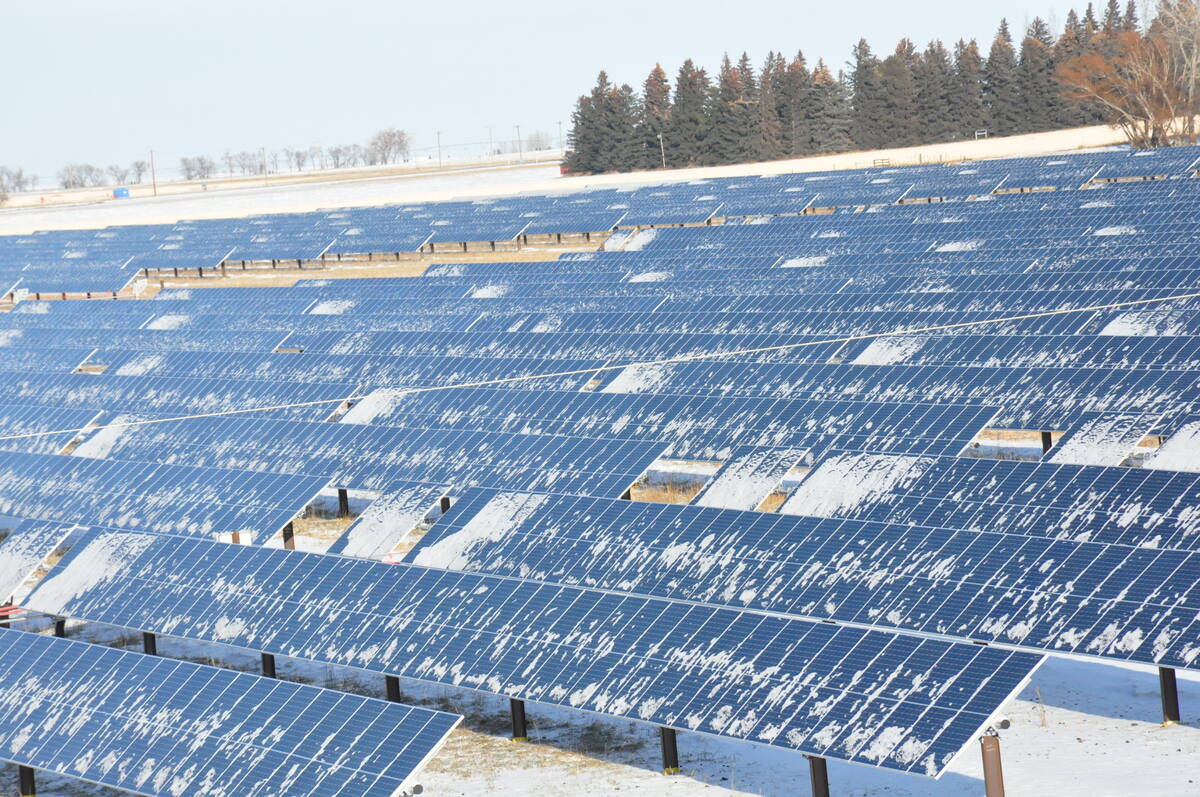My calendar of “things to watch” over the next month is quickly filling up, with several potentially market moving events to keep an eye on.
U.S. prospective plantings, March 31
First up is the United States Department of Agriculture’s prospective plantings report, set for release on March 31. The data will provide the jumping off point for supply and demand estimates going forward, with pre-report expectations for a cut to U.S. soybean seedings this spring and increased corn area.
Read Also

Why agriculture is Canada’s energy ace
Why isn’t agriculture getting more play in Canada’s quest for efficient, renewable energy production? It should be
U.S. farmers planted 87.1 million acres (35.25 million hectares) of soybeans and 90.6 million acres (36.7 million hectares) of corn in 2024. Earlier long-range projections from the USDA call for about three million more corn acres (1.2 million hectares) this spring, with a similar sized decline in soybean area.
Market predictions are varied, but generally follow that same pattern of more corn and less soybeans on the year. However, any surprises in the data have the potential to sway markets.
Last year, the USDA’s March acreage report surprised the corn market. Seeded area was at the lower end of expectations, and corn futures shot up as a result. Corn kept trending higher for the next month. Meanwhile, the soybean number was closer to expectations and that market held steady before drifting lower over April as the price spread between the two crops adjusted.
Quarterly stocks data for the U.S. will also be released March 31, which will help create a clearer picture of usage to date.
U.S. tariffs (maybe) go into full effect April 2
The latest round of U.S. import tariffs is set to come into full force again just two days later. The exact implementation of those upcoming trade measures remains to be seen, and there is a precedent at this point of kicking the can down the road.
In an interview with Fox News, U.S. Treasury Secretary Scott Bessent said that on April 2, “each country will receive a number that we believe represents their tariffs. So, for some countries, it could be quite low, for some countries it could be quite high.”
Bessent said that the number will include tariffs that countries put on U.S. goods and other measures that the administration believes disadvantage U.S. companies.
Grains and oilseeds have already seen some large price swings in reaction to threats of tariffs and reciprocal action, with more chaos likely to come.
USDA WASDE report, April 10
The monthly World Agricultural Supply and Demand Estimates from the USDA will be the first of the year accounting for the planting intentions report, with resulting projections for 2025-2026 usage. Both U.S. and world exports and production numbers will be followed closely, with special attention on South America.
Brazil’s soybean harvest will be nearing completion by the time of the April report, while the country’s second corn crop should be well underway.
CBOT to launch spring wheat contract, April 14
The CME Group will launch a new hard red spring wheat futures and options market in mid-April, rivaling the Minneapolis hard red spring wheat contracts now traded through the MIAX platform.
The Minneapolis futures have long provided a key pricing signal for western Canadian wheat, but the winter wheat contracts traded through Chicago have always boasted much larger volumes. With a spring wheat contract coming under the larger CME umbrella, a shift in Canadian wheat pricing is possible, although it will take some time to see how the trade shakes out.
Canadian federal election, April 28 (or May 5)
At the time of writing, it’s expected that new Liberal leader and Prime Minister Mark Carney will call an election with Canadians going to the polls on either April 28 or May 5. Tariffs and trade in general will be major issues during the campaign, which should keep agriculture in the political conversation more than normal.
Even without an election, politics has taken over as the largest influence on the futures markets. Important dates may be pencilled into calendars, but keep an eraser handy. When U.S. policies are now pronounced at all hours via social media, those once important events take less precedence than they once did.















